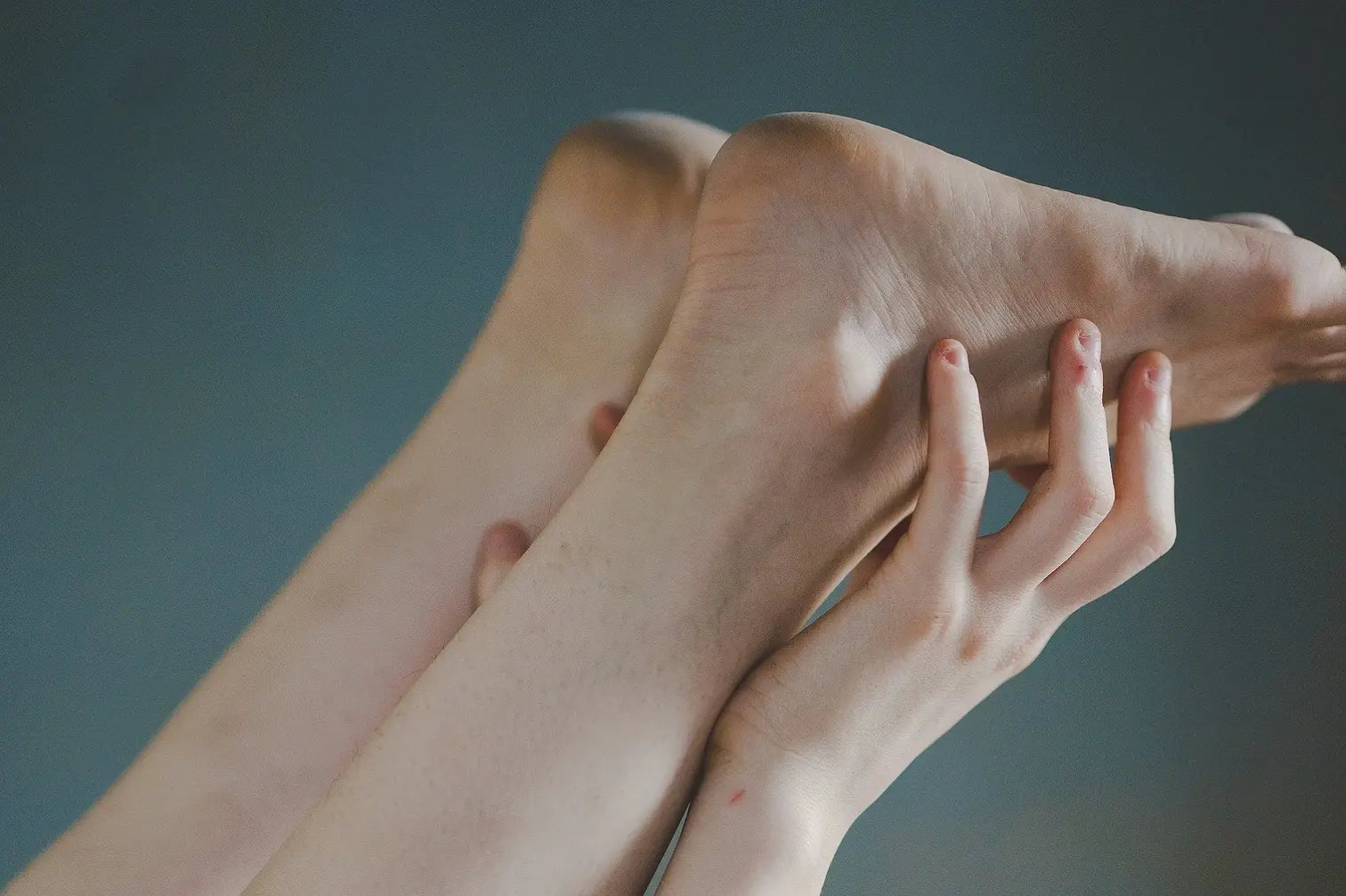What is thin skin?
- stratum corneum
- stratum granulosum
- stratum spinosum
- stratum basale
The stratum corneum in thin skin is thinner and less tightly packed than in thick skin, allowing for greater flexibility and movement. Thin skin typically ranges from 0.1 to 0.2mm thick. The stratum corneum is much thinner in thin skin than in thick skin, and the skin overall is much more pliable and flexible. Unlike thick skin, there is no stratum lucidum in thin skin.1
What is thick skin?
While thin skin is more versatile and responsive to environmental changes, thicker skin is designed to withstand constant pressure and friction. Thick skin is found on the palms of the hands and soles of the feet, and it is designed to withstand daily rigors, including walking and handling objects. The epidermis of thick skin can be up to 1.5 mm thick, which is about five times thicker than that of thin skin. The epidermis of thick skin contains an additional layer called the stratum lucidum. In addition to the stratum lucidum, thick skin also has a thicker layer of stratum corneum, which is the layer of dead skin cells that helps to create a water-resistant barrier .1

Thick skin vs thin skin
Causes of Thin Skin
How to Make Skin Stronger and Thicker
- Protect your skin from the sun: Exposure to the sun's harmful UV rays can damage your skin's collagen, leading to thinning and sagging skin. To prevent this, make sure you use a broad-spectrum sunscreen with an SPF of 30 or higher every day; you should even wear sunscreen in winter on cloudy days.
- Eat a healthy diet: Your skin needs a variety of nutrient absorption to stay healthy, including vitamins A, C, and E, as well as antioxidants and healthy fats. Eat plenty of fruits and vegetables, lean proteins, whole grains, and healthy fats like those found in nuts, seeds, and fatty fish.
- Stay hydrated: Drinking plenty of water can help keep your skin hydrated and plump, which can improve skin elasticity as well as make it appear thicker and more resilient.
- Avoid smoking: Smoking is known to accelerate skin aging and can lead to thinning skin and wrinkles. Quitting smoking can help slow down the aging process and improve your skin's thickness and texture.
- Exercise regularly: Exercise helps improve blood circulation, which can bring more oxygen and nutrients to your skin, helping to strengthen and thicken it over time.
- Moisturize regularly: Keeping your skin moisturized can help prevent dryness and damage, which can contribute to thinning skin. Look for peptide moisturizers that contain ingredients like hyaluronic acid and ceramides, which can help improve skin hydration and thickness.
Incorporating Scientifically Validated Topical Products
One way to promote thicker and stronger skin is through the use of topical products, especially those with scientifically-validated ingredients. OneSkin's OS-01 peptide has been scientifically proven to increase the thickness of the epidermis in ex vivo human skin samples. In fact, the thickness of the epidermis in 55-year-old skin samples was increased by up to 28% with OS-01 peptide treatment .4
OS-01 FACE has been clinically validated to improve the skin's barrier function, with an average improvement of +15%
.5 Meanwhile, our peptide body lotion, the OS-01 BODY supplement has been shown to significantly increase the thickness of the epidermis in lab studies conducted on human skin samples.
It's important to note that while topical products can be effective in improving the thickness and strength of your skin, they should be used in conjunction with other healthy skin care practices. This includes wearing sunscreen daily, staying hydrated, eating a balanced diet rich in antioxidants, and avoiding smoking and excessive alcohol consumption.
- Thin skin can be caused by various factors, such as aging, sun damage, genetics, hormonal changes, and medical conditions.
- There are several ways to promote thicker and stronger skin. By adopting a holistic approach to skin care and considering both external factors and internal factors, we can promote thicker, stronger, and healthier skin across our bodies.
- OneSkin's OS-01 Topical Supplements may also be effective in improving the thickness of your skin.



